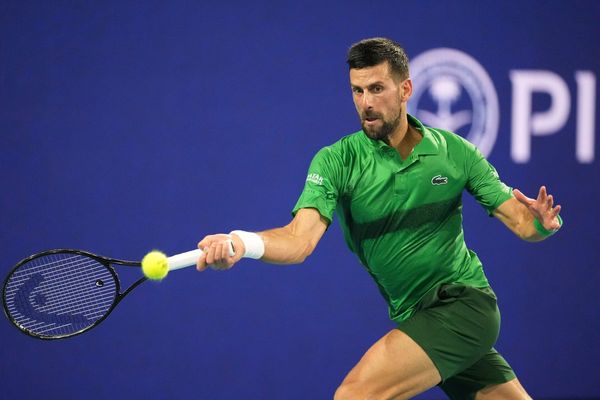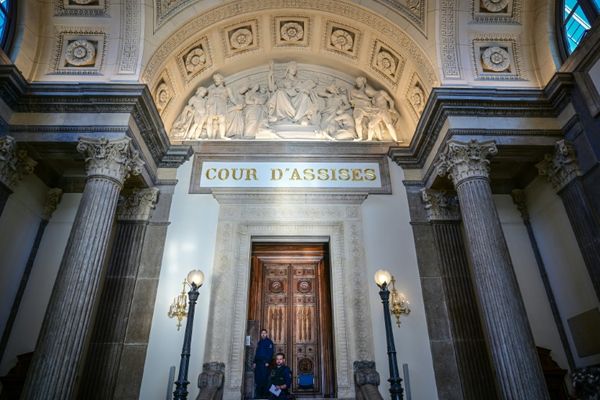
Wednesday’s meeting at the NATO headquarters in Brussels marked a significant shift in the alliance's approach to the conflict in Ukraine and highlighted the growing importance of defense spending targets.
The meeting, initially focused on coordinating military aid for Ukraine and welcoming US Secretary of Defense Pete Hegseth, took a surprising turn as the Trump administration challenged NATO's stance on Ukraine's potential membership.
President Trump's comments casting doubt on Ukraine's future status and Secretary Hegseth's assertion that NATO membership for Ukraine is not a realistic outcome of peace negotiations raised concerns among European allies.



Despite attempts to downplay the differences in opinion, the US administration's divergence from previous policies has left NATO allies grappling with the implications.
Furthermore, the issue of defense spending came to the forefront, with Secretary Hegseth advocating for a significant increase from the current 2% target to 5%, aligning with President Trump's stance.
NATO ministers acknowledged the urgency of addressing defense spending shortfalls, with warnings that failing to meet higher targets could leave the alliance vulnerable to Russian rearmament.
While European nations expressed willingness to step up their defense spending, challenges remain in balancing competing priorities and commitments.
The evolving dynamics within NATO underscore the need for a unified approach to address security challenges and maintain the alliance's effectiveness in the face of shifting geopolitical realities.







